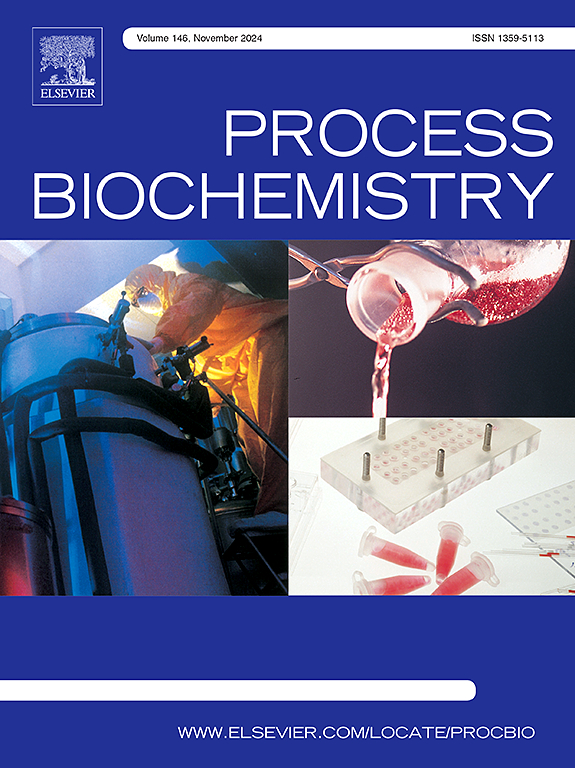Research hot spots and development trends of biodegradable plastics
IF 3.7
3区 生物学
Q2 BIOCHEMISTRY & MOLECULAR BIOLOGY
引用次数: 0
Abstract
A workable way to reduce the pollution that conventional waste plastics cause to the environment is to use biodegradable plastics. This study examines the current research trends and future prospects in the field of biodegradable plastics using bibliometric analysis and author keyword cluster visualization. It is highlighted that given the current environment, large-scale production of materials such as polylactic acid (PLA), polybutylene adipate terephthalate (PBAT), and whole-starch-based plastics require improved development of modified and composite materials, additional production lines to accelerate the expansion of current manufacturing capacities, and further process optimization. It is advised to use biomass waste as feedstock for less industrialized polymers like polyhydroxyalkanoates (PHAs), find high-performance bactericides, increase product conversion rates, reduce manufacturing costs, and progressively increase output. Currently, a number of fundamental technical bottlenecks need to be overcome in order to help improve the industrialization level of biodegradable plastics and promote the development of "waste free" cities. These bottlenecks include lactide synthesis and purification, PHAs separation and extraction, and the ongoing promotion of the formulation of mandatory standards and policy requirements in downstream application fields.
求助全文
约1分钟内获得全文
求助全文
来源期刊

Process Biochemistry
生物-工程:化工
CiteScore
8.30
自引率
4.50%
发文量
374
审稿时长
53 days
期刊介绍:
Process Biochemistry is an application-orientated research journal devoted to reporting advances with originality and novelty, in the science and technology of the processes involving bioactive molecules and living organisms. These processes concern the production of useful metabolites or materials, or the removal of toxic compounds using tools and methods of current biology and engineering. Its main areas of interest include novel bioprocesses and enabling technologies (such as nanobiotechnology, tissue engineering, directed evolution, metabolic engineering, systems biology, and synthetic biology) applicable in food (nutraceutical), healthcare (medical, pharmaceutical, cosmetic), energy (biofuels), environmental, and biorefinery industries and their underlying biological and engineering principles.
 求助内容:
求助内容: 应助结果提醒方式:
应助结果提醒方式:


